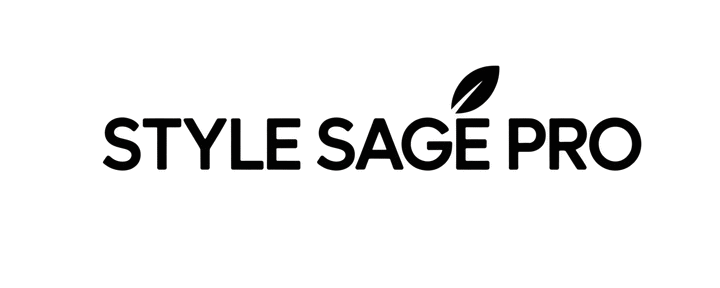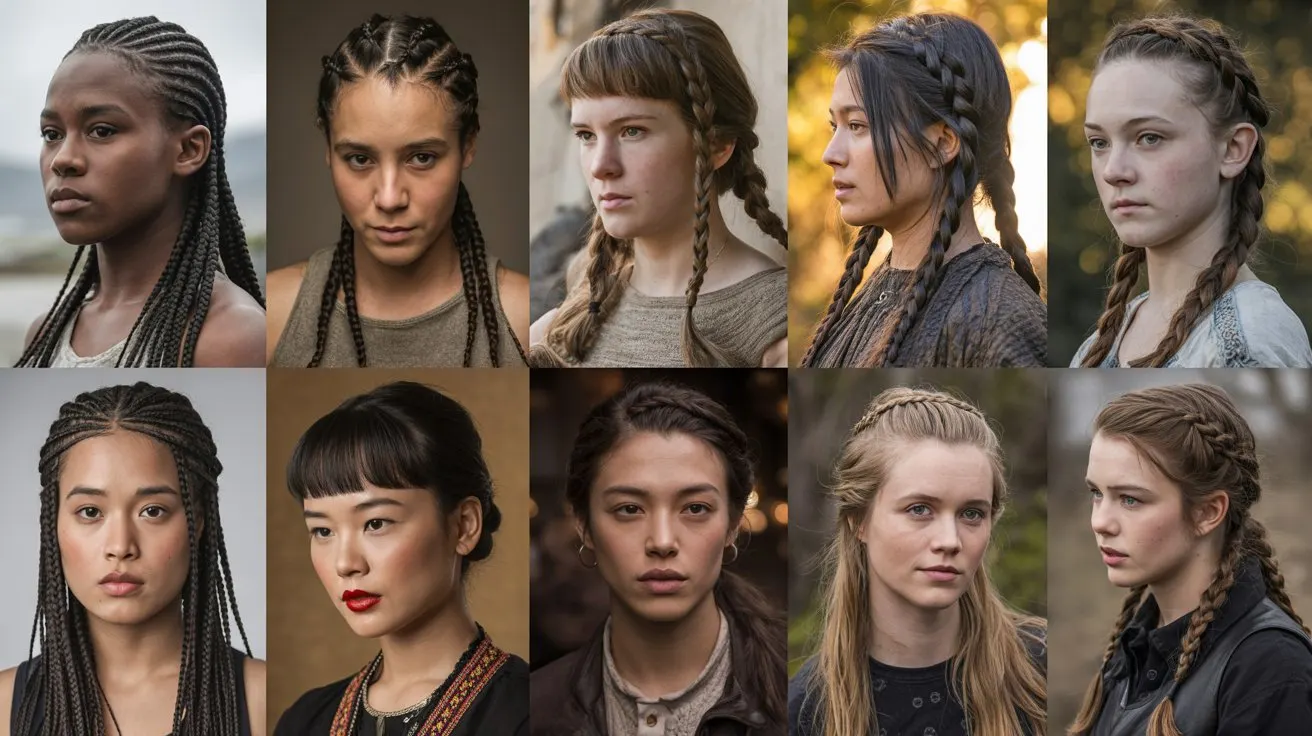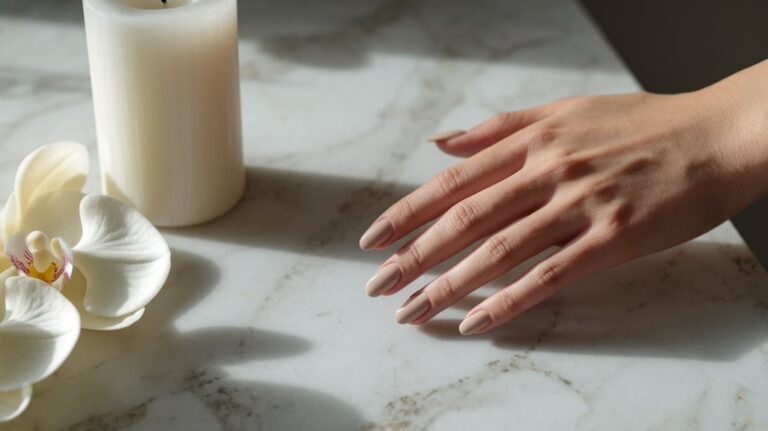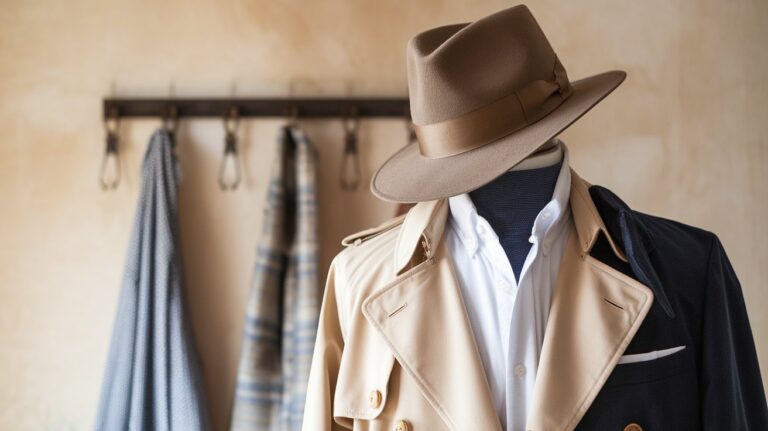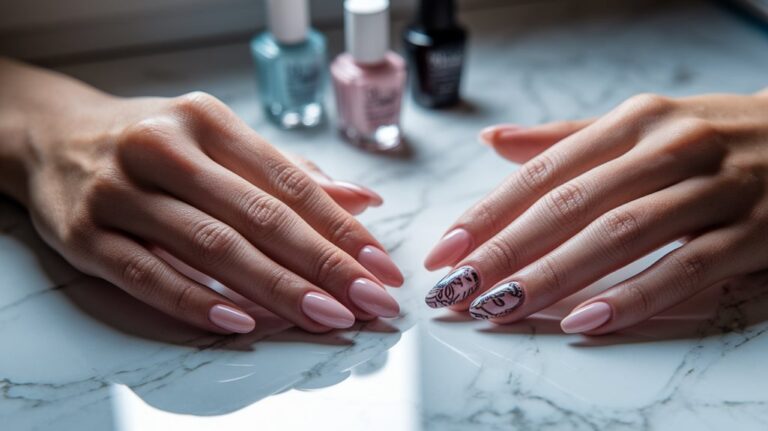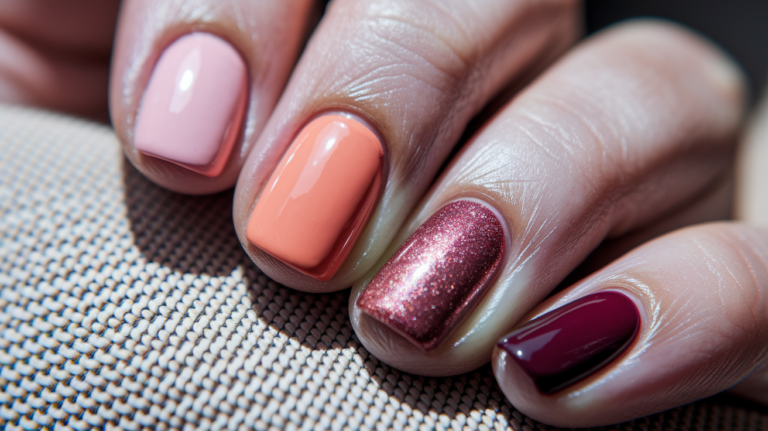The Cultural Significance of Braided Hairstyles Around the World: A Journey Through History, Identity, and Tradition
Braided hairstyles are far more than mere fashion statements—they are living threads that weave together the rich fabric of human culture, identity, and tradition. Across continents and throughout millennia, the art of braiding hair has served as a powerful form of communication, expressing everything from social status and marital availability to spiritual beliefs and tribal affiliation.
In our interconnected world, understanding the cultural significance of braided hairstyles has become increasingly important as we navigate conversations about cultural appreciation, appropriation, and the preservation of traditional practices.
This comprehensive exploration takes you on a journey through the rich history and profound meaning behind braided hairstyles from around the globe.
The Ancient Origins: Where It All Began
Africa: The Birthplace of Braiding Culture
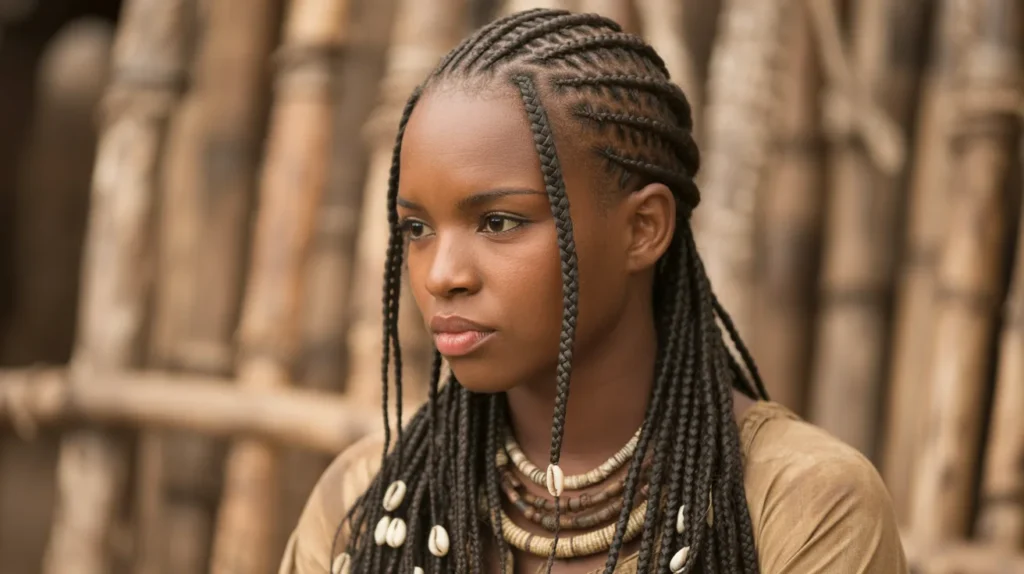
Hair braiding has roots in ancient Africa, with many experts believing cornrows are the oldest braiding style. Archaeological evidence suggests that braided hairstyles existed as early as 3000 BCE in various cultures across West Africa and the Horn of Africa.
In ancient Africa, braids were essentially an ID card: you could look at someone’s hair and determine what family they belonged to, their marital status, or their age. This intricate system of visual communication through hairstyles created a sophisticated social framework that helped maintain order and identity within communities.
Key Functions of African Braiding Traditions:
- Tribal Identification: The patterns typically indicated which tribe a person belonged to and their stature within that tribe
- Social Status: Complex braiding patterns often indicated wealth, with elaborate styles requiring significant time and skill
- Age Markers: Different braiding styles designated life stages from childhood to elderhood
- Spiritual Protection: Many believed braided patterns could ward off evil spirits or bring good fortune
- Practical Communication: Cornrows were even a method of sending messages and maps to escape from the homes of slave owners
The Sacred Art of Hair in African Spirituality
Beyond practical identification, braiding held deep spiritual significance in many African cultures. Hair was considered a conduit to the divine, and the act of braiding was often accompanied by rituals, prayers, and the passing down of cultural wisdom from elder to youth.
The geometric patterns found in traditional African braids often reflected cosmological beliefs about the universe’s structure and humanity’s place within it.
European Traditions: From Celtic Knots to Viking Valor
Celtic and Germanic Braiding Heritage
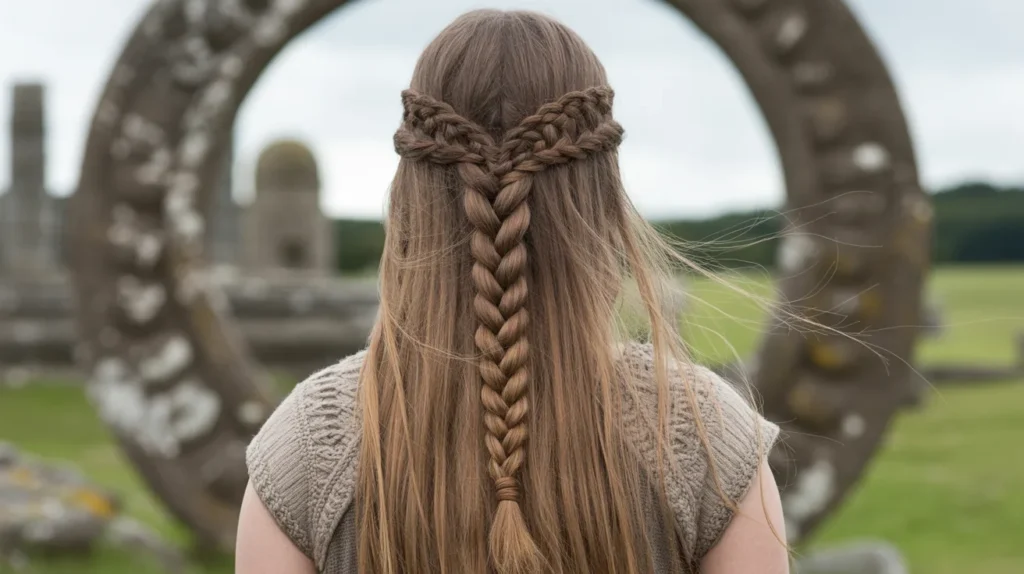
Long before the Viking age, European cultures developed their own rich braiding traditions. Germanic cultures have also been known to have braids for centuries. The Psalter of Stuttgart in 820AD shows women with braided hair.
Celtic braiding traditions were deeply intertwined with their spiritual beliefs, often incorporating symbolic knots and patterns that represented eternal life, protection, and connection to nature. These intricate designs weren’t just decorative—they were believed to hold magical properties and could serve as talismans during battles or important life events.
Viking Braids: Warriors and Status Symbols
Viking hair braiding was not associated with feminine characteristics. In contrast, it shows bravery and fierce of warriors, those characteristics that still passed down even within the inspired modern hairstyles.
Beyond practicality, braids likely held cultural and social significance for the Vikings. They could have been used to denote status, group affiliation, or marital status.
Viking braiding served multiple purposes:
- Practical Protection: Kept long hair secure during battles and harsh weather
- Status Indication: More elaborate braids often indicated higher social standing
- Cultural Identity: Distinguished Norse peoples from other European groups
- Spiritual Significance: Some patterns were believed to invoke protection from gods
Roman Imperial Braiding
The Romans held braids to express status in both the Republic and Empire. Roman women’s hairstyles became increasingly elaborate during the height of the empire, with complex braided updos requiring hours to create and maintain.
These styles weren’t just fashion—they were political statements that reflected the wearer’s family connections, wealth, and loyalty to the empire.
Native American Traditions: Sacred Connections to Earth and Spirit
The Spiritual Significance of Hair
Our hairstyle and ornamentation are guided by the values of our family and tribe. It is a form of creative self-expression that reinforces our connection to our family, tribe, and Creation.
In Native American cultures, hair is considered sacred—a gift from the Creator that connects individuals to their spiritual essence and natural world. The act of braiding hair is often accompanied by prayer and reflection, making it a deeply meditative and sacred practice.
Tribal Variations and Meanings
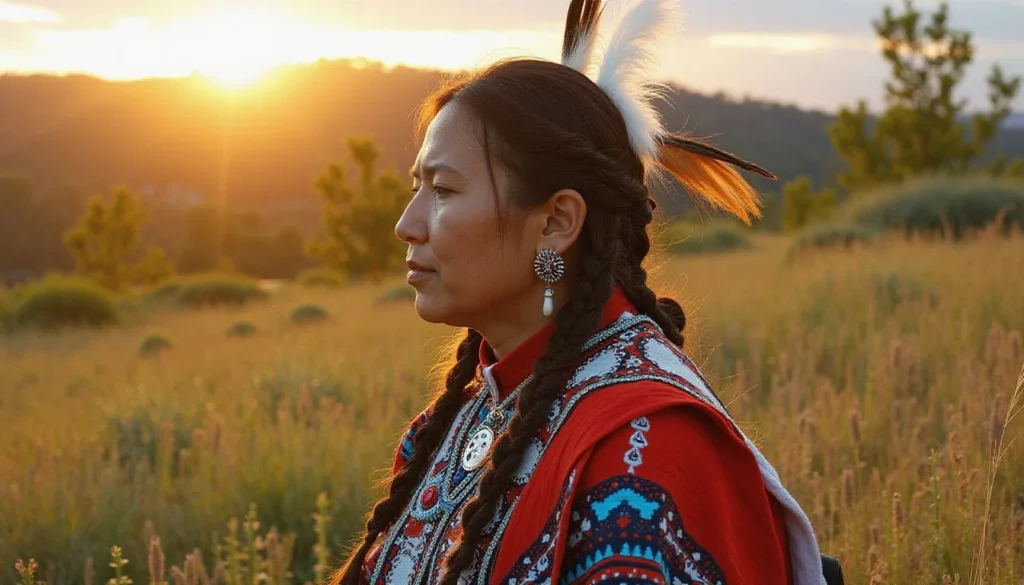
What most people don’t know is that certain tribes had their own traditions when it came to hair. In the Quapaw Tribe, women who were married wore their hair down loose while single women wore their hair in braids. In the Blackfoot Nation Tribe men were the ones in braids.
Examples of Tribal-Specific Traditions:
- Two Braids: This distinctive hairstyle symbolized profound cultural values of balance and equality. The middle part represented a perfect equilibrium, both in the physical sense of parting the hair down the center and in a deeper spiritual and societal sense
- Three Braids: Some tribes used three braids to represent the connection between earth, sky, and spirit
- Decorated Braids: These coiled braids would then be decorated to attract a mate
Asian Braiding Traditions: Harmony, Status, and Philosophy
Chinese Cultural Expressions
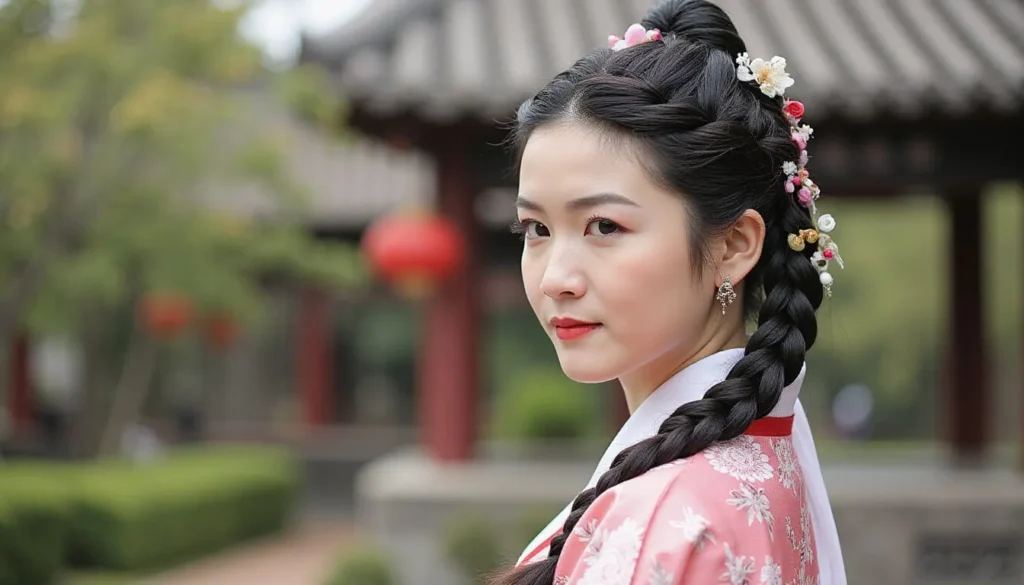
In China, married women wore their hair in chongshan braids, while unmarried women wore jiatuo braids. Chinese braiding traditions were deeply influenced by Confucian philosophy, emphasizing order, hierarchy, and social harmony.
Traditional Chinese braiding served several purposes:
- Marital Status Indication: Different styles clearly communicated whether women were available for marriage
- Social Class Markers: More elaborate styles indicated higher social standing
- Philosophical Expression: Braiding patterns often reflected Taoist or Buddhist principles of balance and harmony
- Regional Identity: Different provinces developed distinctive braiding styles
Japanese and Korean Influences
Both Japanese and Korean cultures developed unique braiding traditions, often incorporating intricate knots and decorative elements that reflected seasonal changes, family crests, or important life events. These styles were particularly prominent among the aristocratic classes and were often documented in classical literature and art.
Latin American Indigenous Traditions: Unity and Communal Strength
Mesoamerican Braiding Heritage
The interweaving of hair has always been a symbol of communal power — that there is strength in unity — and of the importance that indigenous people have always given to working together.
Latin American indigenous cultures developed braiding traditions that emphasized community cooperation and collective identity. Braiding has been a traditional practice for at least 30,000 years in these regions, with archaeological evidence showing sophisticated braiding techniques among pre-Columbian civilizations.
Contemporary Cultural Preservation
Modern Latin American communities continue to use traditional braiding as a way to maintain cultural identity and resist cultural assimilation. These practices have become particularly important in preserving indigenous languages, stories, and spiritual beliefs that might otherwise be lost.
Ready to explore the world of traditional braiding? Start by learning about your own cultural heritage and the braiding traditions of your ancestors. Remember, every braid tells a story—what story will yours tell?
The Evolution Through Colonialism and Resistance
The Impact of the Slave Trade
The forced migration of millions of Africans during the slave trade created a profound transformation in braiding traditions. During slavery, African-Americans could only do their hair about once a week — and braids played a more functional role.
Despite attempts to strip enslaved people of their cultural identity, braiding became a form of resistance and cultural preservation. Enslaved individuals found ways to maintain their traditional practices while adapting to new circumstances, creating hybrid styles that honored their heritage while meeting practical needs.
Cultural Suppression and Revival
Throughout the colonial period and into the modern era, many indigenous and traditional braiding practices were actively suppressed by dominant cultures. Educational institutions, employers, and social pressures often forced people to abandon traditional hairstyles in favor of Western standards.
The late 20th and early 21st centuries have seen a powerful revival of traditional braiding practices as communities reclaim their cultural heritage and assert their identity in an increasingly globalized world.
Modern Global Significance and Cultural Conversations
The Cultural Appropriation Debate
In our interconnected world, braided hairstyles have become a focal point for important conversations about cultural appropriation versus appreciation. One thing braids have in common across different cultures is that they have been used to signify status and identity.
Braids tell stories of cultural exchange from Africa to Europe and the Americas. They show how hair has been used to express identity and culture for centuries.
Understanding the cultural significance of different braiding traditions helps us navigate these complex conversations with greater sensitivity and respect.
Contemporary Expression and Identity
Today’s braiding practices serve multiple functions:
- Cultural Identity: Connecting individuals to their heritage and ancestors
- Artistic Expression: Showcasing creativity and personal style
- Professional Networking: Building connections within cultural communities
- Educational Tools: Teaching younger generations about their cultural history
- Economic Empowerment: Supporting traditional artisans and cultural practitioners
Regional Braiding Techniques and Their Meanings
African Diaspora Innovations
European-Influenced Styles
The Art of Learning and Preserving Traditions
Intergenerational Knowledge Transfer
The teaching of braiding techniques has traditionally been an intimate, intergenerational process. Grandmothers teaching granddaughters, mothers passing skills to children—these moments serve as more than hair styling lessons. They’re opportunities for storytelling, cultural education, and emotional bonding.
In many cultures, the time spent braiding hair becomes a sacred space for:
- Oral History: Sharing family stories and cultural legends
- Life Lessons: Discussing values, relationships, and personal challenges
- Cultural Education: Explaining the meaning behind different patterns and styles
- Community Building: Strengthening bonds between family members and community
Modern Preservation Efforts
Today, cultural preservation efforts include:
- Educational Programs: Schools and community centers teaching traditional techniques
- Digital Documentation: Recording and sharing traditional methods online
- Cultural Festivals: Celebrating and showcasing traditional braiding arts
- Professional Training: Certifying practitioners in traditional techniques
- Academic Research: Studying and documenting the historical significance of different styles
Health and Spiritual Benefits of Braiding
Physical Health Advantages
Traditional braiding practices offer numerous health benefits:
- Hair Protection: Reducing breakage and environmental damage
- Scalp Health: Promoting circulation through gentle manipulation
- Hygiene Maintenance: Keeping hair clean and manageable in challenging conditions
- Growth Promotion: Protecting hair ends and reducing daily manipulation
Mental and Spiritual Wellness
The braiding process itself offers therapeutic benefits:
- Meditation: The repetitive motions can induce a meditative state
- Community Connection: Shared braiding experiences build social bonds
- Cultural Grounding: Connecting with ancestral practices provides emotional stability
- Creative Expression: Designing patterns stimulates artistic fulfillment
The Future of Braiding Culture
Technology and Tradition
Modern technology is creating new opportunities for preserving and sharing braiding traditions:
- Virtual Reality Training: Immersive learning experiences for traditional techniques
- AI Pattern Recognition: Documenting and cataloging traditional designs
- Global Communities: Online platforms connecting practitioners worldwide
- Educational Apps: Interactive learning tools for younger generations
Evolving Cultural Conversations
As our world becomes more interconnected, conversations about braiding culture continue to evolve:
- Inclusive Education: Teaching the history behind different styles
- Cultural Sensitivity: Developing guidelines for respectful appreciation
- Economic Justice: Ensuring traditional practitioners benefit from commercialization
- Youth Engagement: Encouraging younger generations to learn traditional techniques
Weaving Together Our Shared Human Heritage
The cultural significance of braided hairstyles around the world reveals a profound truth about human nature: our desire to communicate, connect, and express our identity through art and tradition.
From the ancient cornrows of Africa to the warrior braids of Vikings, from the spiritual knots of Celtic druids to the ceremonial styles of Native American tribes, braiding represents one of humanity’s most enduring and universal forms of cultural expression.
As we move forward in an increasingly globalized world, understanding and respecting these traditions becomes ever more important. Each braid tells a story—of survival and resistance, of beauty and status, of spirituality and community.
Learning about these traditions, we not only honor the cultures that created them but also enrich our own understanding of human diversity and creativity.

The art of braiding continues to evolve, adapting to modern contexts while maintaining its deep cultural roots. Worn as a connection to ancestral heritage, an expression of personal style, or a symbol of cultural pride, braided hairstyles remain a powerful reminder that our hair—and how we choose to style it—is never just about appearance.
It’s about identity, community, and the endless human capacity to find meaning and beauty in the simplest acts of daily life.
In preserving and celebrating these traditions, we ensure that future generations will continue to have access to this rich tapestry of human cultural expression. The threads we weave today through understanding, respect, and appreciation will become the foundation for a more culturally aware and connected world tomorrow.
